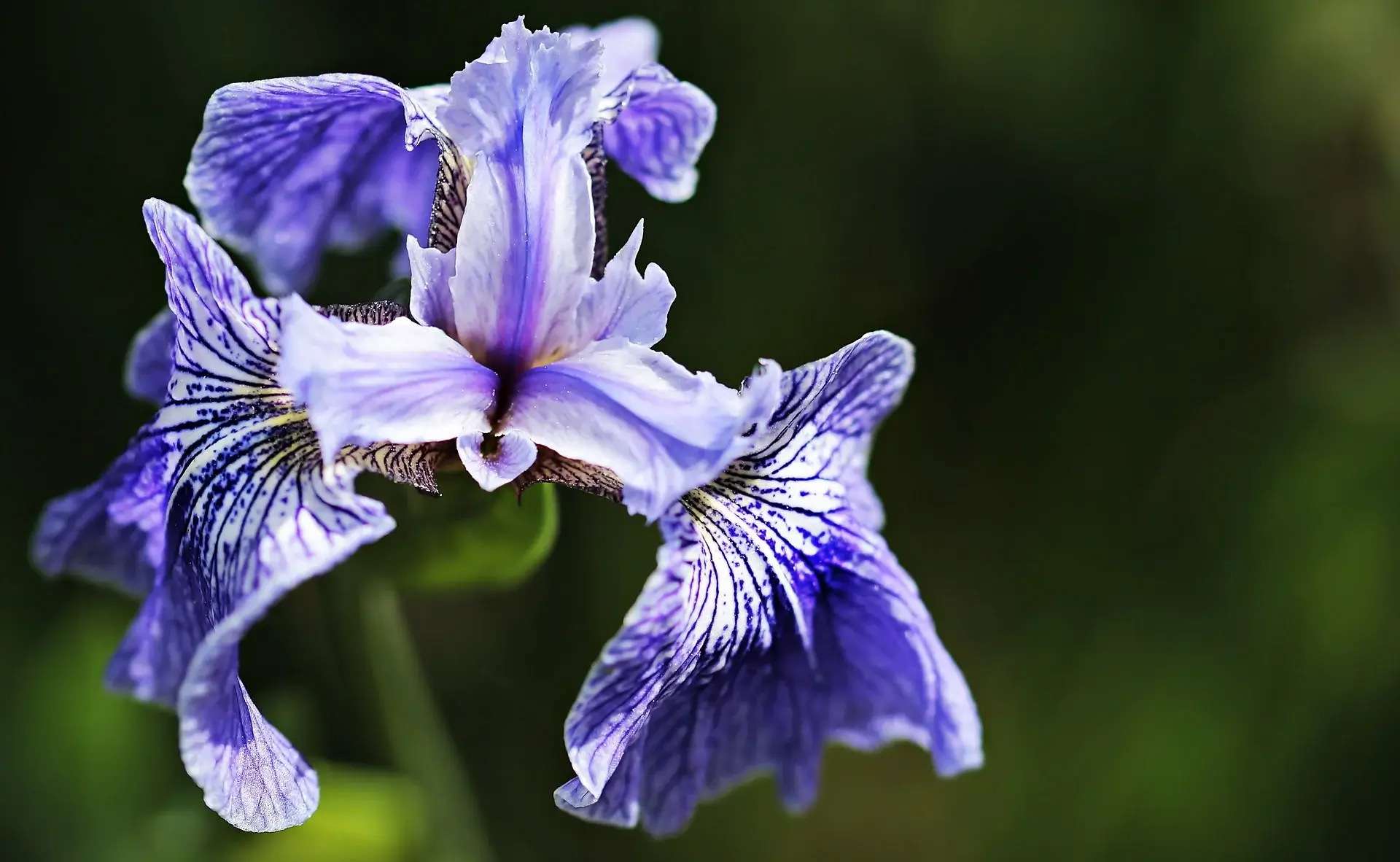Reading time: 11 minutes
There are few people who are not familiar with the name gladiolus. Even in the dictionary, the name can be found, not only as a 'cormous plant with sword-shaped leaves and vividly colored flowers', but also as an insult. No flower has achieved such notoriety.
The death or the gladioli

Large-flowered Gladioli
Sun and Warmth
With the exception of most small-flowered gladioli, they are not winter-hardy in our climate. Plant the bulbs in April-May when no more frost is expected, in a sunny, sheltered spot.
They also require well-draining soil and dislike wet feet. If there is little rainfall, you can occasionally water them. Give the plants a handful of organic fertilizer once they start blooming, but don't overdo it.
This is especially useful in poor sandy soil; they don't need anything extra in clay soil.
How a Gladiolus Grows
After planting, the bulb quickly forms roots and spear-shaped shoots. There is no flower spike visible yet (a spike is a flowering structure consisting of a main axis with sessile flowers).
As the bulb develops more roots and the leaves further unfold, a flat green flower spike appears. When the leaves reach their final height, the spike continues to grow, and the individual flower buds along the flower stem become visible.
The lower buds start to change color, and the flowers open from bottom to top over two to three days. Remove the flower stem once all the flowers have wilted.
Tidy gardeners may remove the faded flowers one by one, but this is not necessary. The leaves continue to grow and will produce a new stem bulb on top of the exhausted mother bulb.
Overwintering – Large-Flowered Gladioli
During severe frost, cover them with fleece, straw, or a layer of leaves. Alternatively, if gladioli are in pots, move them to a frost-free location before freezing temperatures arrive. Ensure that the soil in the pots is not too wet from autumn rains. It's better to protect them from heavy rain by placing them under a shelter before the worst of the rain arrives.
Large-Flowered and Small-Flowered Gladioli
- The large-flowered group;
- and the small-flowered group.
Like dahlias and roses, the colors of gladioli are extremely varied. And not only in terms of colors, but there is also an enormous variation in flower shape, flower size, growth habit, and length.
As expected, small-flowered gladioli have smaller flowers, remain shorter, and bloom earlier. They are closest to the wild species. Small-flowered gladioli grow 50-70 cm tall and with some care can overwinter outdoors in the ground.
The very first cross between the small-flowered species Gladiolus cardinalis and Gladiolus tristis, Gladiolus x colvillei, was performed in 1823 by the English farmer James Colville. By crossing these wild species, a cultivar suitable for our European soil was created.
It is remarkable that this white-flowering little gladiolus is still on the market under this name. Flowers of the cultivar Gladiolus x colvillei ‘The Bride’ are often used for bridal bouquets.
- bright red with a white edge,
- yellow with red,
- salmon pink
- and many more beautiful options.
Gladioli that can still be traced back to a species are labeled with both the cultivar name and the species name.
Cut Flowers
Flowers
Huge Diversity
Abyssinian Gladiolus
Place the plant in a pot on the terrace and be delighted by its lovely evening scent. This gladiolus, which doesn't grow taller than 60 cm, should be overwintered indoors with the pot. Once you've discovered this graceful flower with its delightful fragrance, you won't want to be without it. Overwintering in the ground is not successful.
If you decide to remove the bulbs, store them in a warm place or purchase new ones next year—they are beautiful enough to warrant it. The plant was discovered by the English plant explorer Ernest Wilson and named after his daughter, Muriel Wilson. See below for the Gladiolus murielae.
A Blessing or a Curse
The truth, as usual, lies somewhere in between.
Pollination
Here's where the pollination story gets really complicated. It turns out that gladiolus species are pollinated by insects or even birds attracted by the sometimes hard-to-reach nectar.
Bees, flies, butterflies, and honeybirds are responsible for pollination in their country of origin. Botanists have discovered the reason why so many different insects are needed to pollinate so many differently built flowers.
Most gladiolus species occur in Southern Africa, where it rains a lot in winter. If, after a cold, wet winter, all the flowers bloom en masse, there may not be enough bees to pollinate that sea of flowers.
That's why the different gladiolus species, each with their own color, shape, and scent, try to attract the attention of the corresponding insects.
And that's why the diversity of the Gladiolus genus is so enormous and why it's possible to create so much variation through breeding.
Share your questions
We appreciate receiving inspiration from you as a reader. Do you still have unanswered questions after reading this article? Or do you simply want to let us know what you think? Share it with us! We'd love to hear from you.
Yes, I have questions


